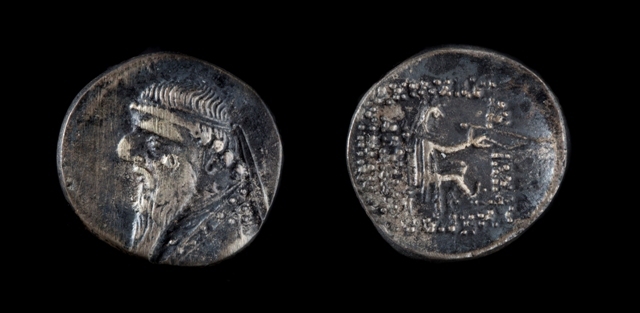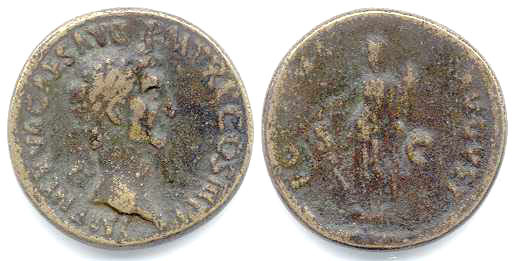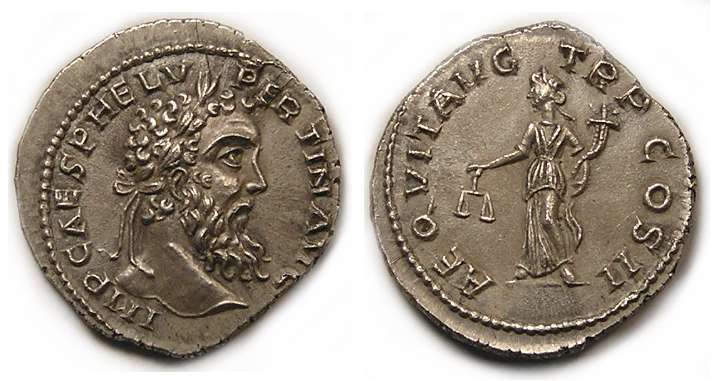Forgeries
This coin, a replica of a coin minted under the reign of Mithradates II in Parthia around 123-88 BCE, is a fake. In fact, a rather common counterfeit, it has been condemned as a forgery by the by the International Association of Professional Numismatics in their Bulletin on Counterfeits. It certainly looks real, so, how do scholars and collectors know what is a forgery and what is not? The differences between the two can be minimal. The identification of forged coins starts with an understanding of how ancient coins were minted.
If you haven't already, check out this link to learn more about ancient coin production!
Counterfeits, at least the simpler kinds, are made in a much different way than the method described in the link. The most common way is using a mold of an existing coin. There are many ways to create somewhat convincing molds —sand, clay, metal and even wax are a few common materials.
This coin is made using a sand-cast die. A genuine coin is pushed into hard-packed sand and then molten metal is poured into the mold. A very crude counterfeit, these are often sold to tourists as small trinkets and are generally easy to spot due to the grainy texture the sand leaves behind.
Molds, however, create certain attributes that do not appear on genuine ancient coins. Sometimes a seam will appear where the two halves of the mold came together, or evidence of the material used will be apparent on the surface (as in the sand-cast coin pictured above). Others times the weight of the coin versus the weight of a standardized ancient coin will be a giveaway.
Some numismatists are so skilled at identifying fakes that they can tell simply by looking at the style of the portraiture. Two coins that are exactly the same are also problematic. That is, in fact, how we can tell the above coin of Mithradates II in Hallie Ford's collection is a counterfeit: the ridge on the top-right REVERSE side of this coin is exactly the same as a coin already proven to be forged. Using the ancient method of minting, the likelihood of two coins having the exact same ridge is very low; thus, our coin is a fake.
This coin, a fake, die-cast coin of Pertinax, was created using a method very similar to the ancient way of minting coins. They are some of the most dangerous kinds of forgeries due to the fact that, given the right die-carver, they can look exactly like genuine ancient coins. This particular coin has been determined a fake because of the style. A bit like handwriting - no two people can write a word in exactly the same way - ancient die engravers had a particular style that is hard for modern artists to capture. This, of course, can be dangerous for real coins that have an "odd" style. Usually combining methods of documenting stylistic problems, tracking the number of exact copies, noticing undocumented OBVERSE and REVERSE designs, and checking the weight, these coins can be verified.
Real or fake? Can you tell just by the style? Check out this site to find out!


